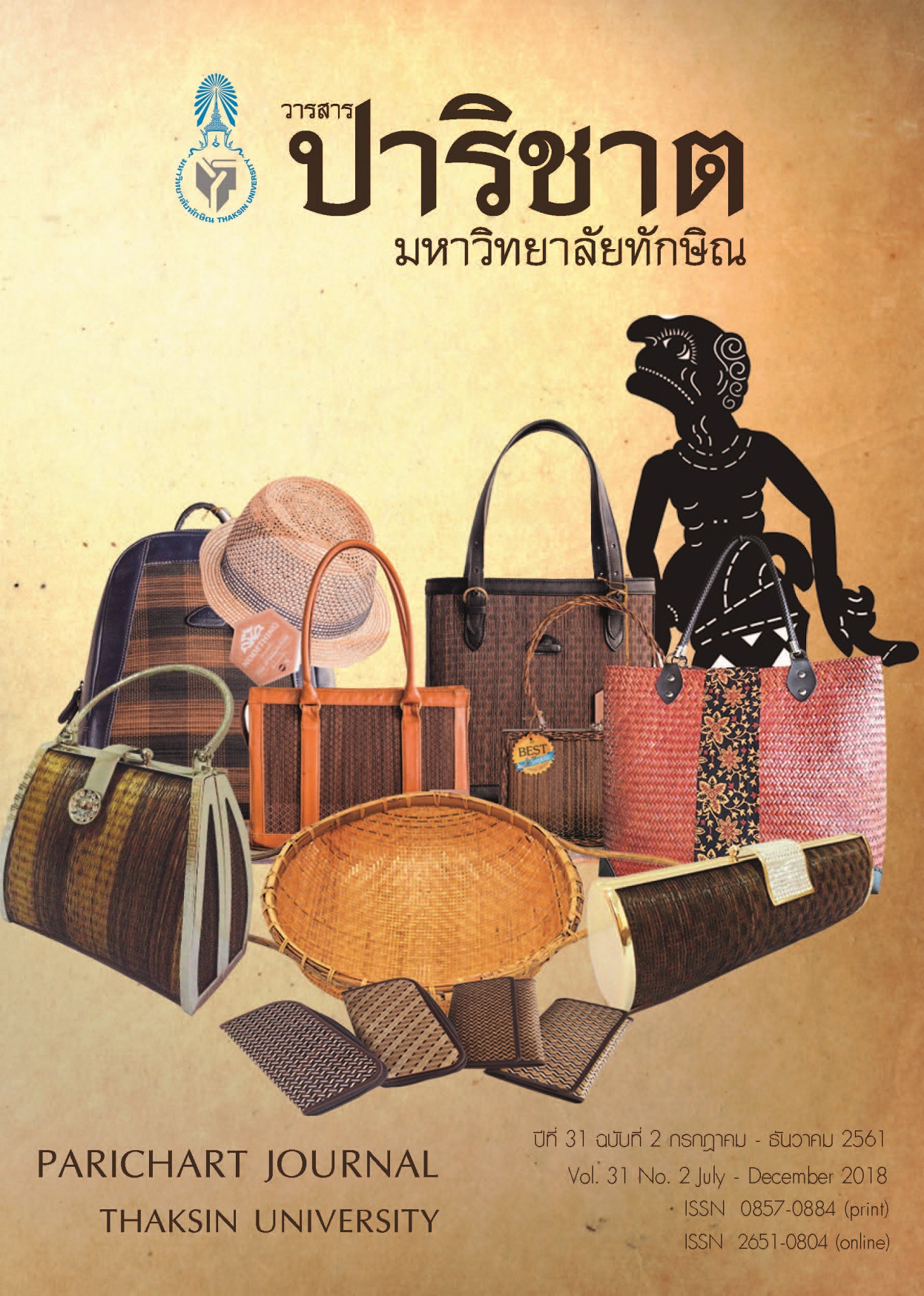Development of Literature Biography of Buddha
Main Article Content
Abstract
The objective of the article is analyzing the development of
Literatures Biography of Buddha. The results revealed that the Literature
Biography of Buddha was based on the Tripitaka as a basis for compilation.
From the 5th to 6th centuries, Buddhist monks of Sarvastivas had composed
Lavitvistas. At the end of the 19th century, the monks of Lanna had written
the Samparavibak in the form of Ceylon. Later, when Lanna Buddhism
received Buddhism from the city of Mogadoma in the 20th century, it
appeared Chinmahanitan and Patomsompotikata that developed the
content of the Samparavibak. In the 25th century, Westerners who ruled India had compiled two biographies of the Buddha. Those included “The
Light of Asia” and “The Mahayana Buddhist History in Tibet.” At that time,
Buddhism in Siam, Thammayut Nikaya was occured. This concept of
Buddhism history had influenced, which attempted to interpret the miracle
as a science by Somdet pramaha samanajao krompraya vajirayarn warorot.
The 26th century, Thích Nhat Hanh was composed of “Old Path with White
Clouds” According to the Lalitvistas.
Article Details
References
[2] Somdet Pramaha Samanajao Kromprayavajirayarnwarorot. (1998). Buddha’s biography. Bangkok: Mahamakut Buddhist University.
[3] N Bangchan, S. (1990). History of Pali literature in Thai. Bangkok: Mahachulalongkornrajavidyalaya University.
[4] Silad, N. (2009). Analytical Study of Principles in Samparavibak, Master of Arts. Graduate School: Mahachulalongkornrajavidyalaya University.
[5] Kumlansinseri, S. (2003). Analytical Study of Lavitvistas. Master of Arts. Graduate School: Mahachulalongkornrajavidyalaya University.
[6] Singkiral, S. (1998). Pathamasambobdhi Chapters 1-7 : A Critical Edition and An Analytical Study. Master of Arts. Graduate School: Chulalongkornr University.
[7] Inchai, S. (2001). A Comparative Study of Pali Patomsombodhi in tha Lanna and the Central Thai Versions. Master of Arts. Graduate School: Chiang Mai University.
[8] Phathammahaviranuwat. (1962). Samparavibak. Bangkok: S. Thampakde.
[9] Veraprajak, K. (1987). Chinmahanitan 2. Bangkok: Fine Arts Department.
[10] Somdet Pramaha Samanajao Gromprabparamaanuchit Chinohrot. (1997). Patomsompotikata: Bangkok: Fine Arts Department.
[11] Monvitoon, S. (1969). Lavitvistas. Bangkok: Fine Arts Department.
[12] W.Woodville Rockhill. (1967). The Mahayana Buddhist History in Tibet. Bangkok: Fine Arts Department.
[13] Edwin Arnold, M.A. (1999). The Light of Asia. Bangkok: thammasapa.
[14] Thích Nhat Hanh. (2006). Old Path with White Clouds. Bangkok: Komolpublishing.
[15] Cul phuth khos. (1983). Sokattakimhanithan. Bangkok: Wat Suthat Thepwararam.
[16] N Bangchan, S. (1983). History of Pali literature in India and Ceylon. Bangkok: Mahachulalongkornrajavidyalaya University.
[17] Chiang Mai Loei Rajabhat University. (1971). Chiang Mai Native Legend.
Bangkok: The Prime Minister.
[18]. Vannasai, S. (1979). Muntra Battle Chiang Mai. Chiang Mai: No Print
Location Available.
[19] Apisakmontree, S. and Worathammanon, T. (2016) “The Relationship
between Buddha Relics and the Establishment of Cities on the
Chiang Saen Basin”, Parichart. 30(2), 121-143.


